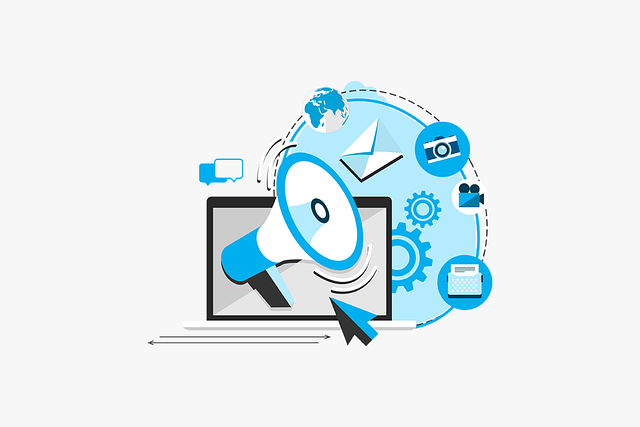Harnessing the power of intent data has emerged as a game-changer for organizations seeking to optimize their lead generation efforts, enhance targeting accuracy, and maximize marketing ROI. Intent data provides valuable insights into the online behaviors, research activities, and purchase intent signals of potential buyers, enabling B2B marketers to identify and prioritize high-intent prospects, personalize messaging, and deliver timely, relevant content that resonates with their target audience. Let’s explore how intent data is revolutionizing B2B marketing strategies and driving precision and performance in lead generation and customer acquisition.
Understanding Intent Data: Intent data refers to the digital signals and behavioral cues that indicate a prospect’s interest, intent, or readiness to engage with a particular product, service, or solution. These signals can be derived from various online sources, including website visits, content consumption, search queries, social media interactions, and engagement with marketing collateral. By analyzing these data points, B2B marketers can gain insights into the topics, pain points, and solutions that are top of mind for potential buyers, allowing them to tailor their messaging and outreach efforts accordingly.
Types of Intent Data: Intent data can be categorized into two main types: first-party intent data and third-party intent data. First-party intent data is generated from interactions with a company’s owned digital properties, such as website visits, email opens, and form submissions. This data provides insights into the behavior and preferences of known prospects and existing customers. Third-party intent data, on the other hand, is sourced from external platforms and publishers, such as content syndication networks, industry forums, and B2B media sites. This data offers broader insights into market trends, industry developments, and competitor activities, allowing marketers to identify net-new prospects and expand their reach within target accounts.
Applications of Intent Data in B2B Marketing: Intent data enables B2B marketers to execute more targeted, relevant, and personalized marketing campaigns across the entire customer journey. From demand generation and lead qualification to account-based marketing and sales enablement, intent data can inform key marketing decisions and strategies at every stage of the funnel. By leveraging intent data, marketers can prioritize high-intent leads for outreach, tailor content and messaging to address specific pain points and interests, and optimize conversion pathways to drive engagement and conversion rates.
Integration with Marketing Technology Stack: To unlock the full potential of intent data, B2B marketers need to integrate it seamlessly into their marketing technology stack. Marketing automation platforms, customer relationship management (CRM) systems, and data analytics tools play a critical role in capturing, analyzing, and activating intent data across channels and touchpoints. By leveraging advanced analytics capabilities, machine learning algorithms, and predictive modeling techniques, marketers can uncover actionable insights, segment audiences dynamically, and orchestrate personalized campaigns that resonate with high-intent prospects and drive meaningful outcomes.
Best Practices for Leveraging Intent Data: To maximize the impact of intent data in B2B marketing, organizations should follow best practices that ensure accuracy, relevance, and compliance with data privacy regulations. This includes establishing clear data governance policies, defining data enrichment and validation processes, and maintaining alignment between marketing and sales teams around intent signals and lead scoring criteria. Additionally, marketers should continuously monitor and refine their targeting strategies based on evolving market dynamics, customer preferences, and competitive landscape to stay ahead of the curve and drive sustainable growth.
Conclusion: Intent data holds immense potential for B2B marketers looking to optimize their lead generation efforts, enhance targeting precision, and drive performance across the entire customer lifecycle. By leveraging the insights gleaned from intent data, organizations can identify high-intent prospects, deliver personalized experiences, and accelerate the path to conversion, ultimately driving revenue growth and competitive advantage in today’s fast-paced digital landscape.



